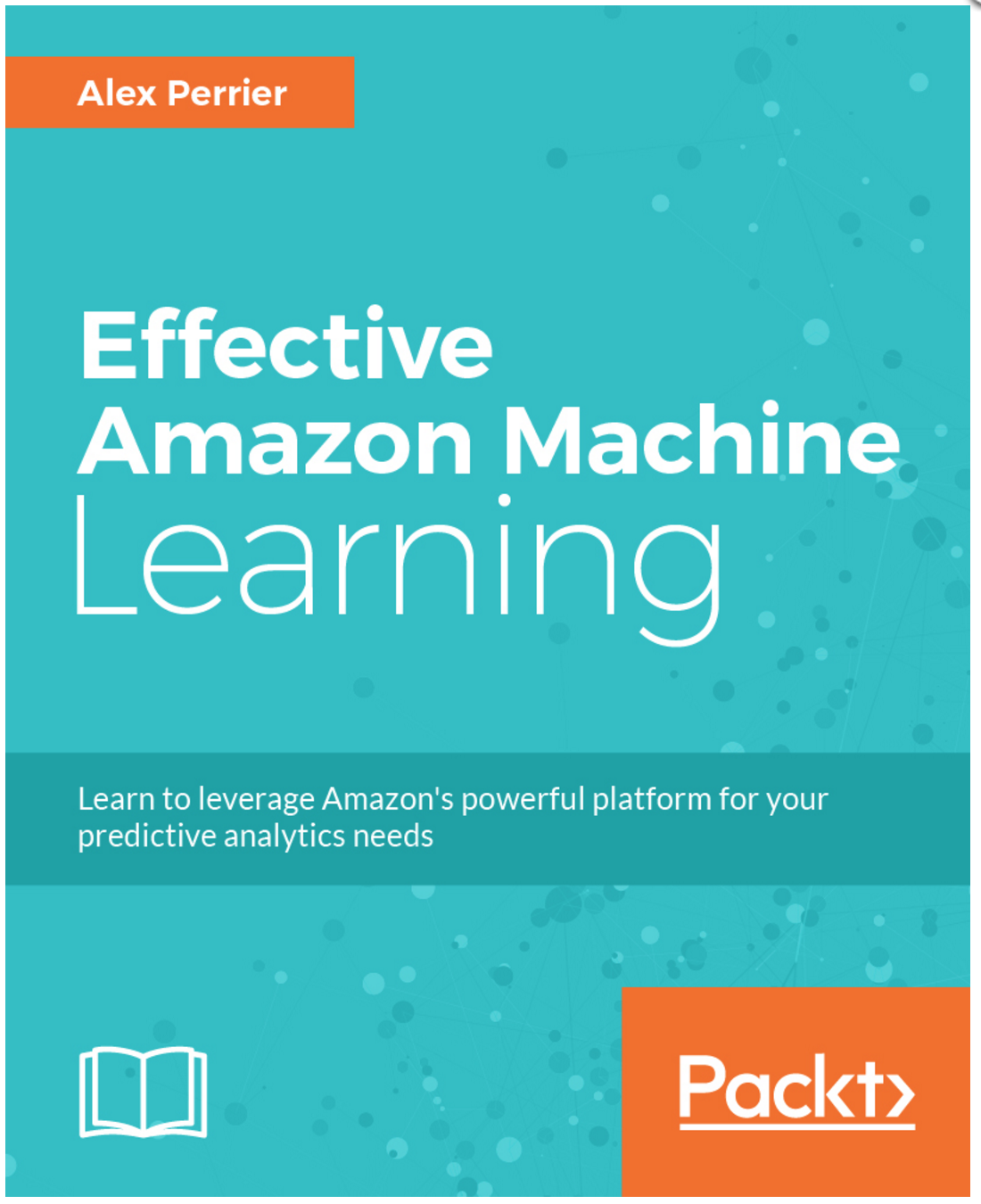In a previous post, I looked at trends in critic and audience ratings of movies. One finding was that critics on average rate movies lower than audiences. One potential explanation for this is that there is more selection bias with audience ratings - only people who are an audience likely to enjoy a film will tend to see (and therefore rate) it. In other words, if you asked an audience member or a critic how much enjoyment they would get out of seeing a film they rated a 5, you would get similar responses.
Persistent Homology (Part 4)
Since we’re using the (very small) finite field $\mathbb Z_2$ then we can actually list out all the vectors in our chain (group) vector space. We have 3 chain groups, namely the group of 0-simplices (vertices), 1-simplices (edges), and 2-simplices (triangle).
Persistent Homology (Part 3)
Now we can use the n-chains to define our chain groups. We’re going to be using coefficients from $\mathbb Z_2$, which is a field, and remember there are only 2 elements ${0,1}$ where $1+1=0$.
Genres Where Audiences and Critics Disagree Most
I recently browsing the Rotten Tomatoes page all-time favorite sci-fi series, Firefly. I was surprised that critics were not impressed with the series (average rating of 7.96/10). Among ‘Top Critics’, this score dropped to an average of 7.25/10. But everyone I know who has seen it loves the series!
Recurrent Neural Networks for Churn Prediction
I just posted a simple implementation of WTTE-RNNs in Keras on GitHub: Keras Weibull Time-to-event Recurrent Neural Networks. I’ll let you read up on the details in the linked information, but suffice it to say that this is a specific type of neural net that handles time-to-event prediction in a super intuitive way. If you’re thinking of building a model to predict (rather than understand) churn, I’d definitely consider giving this a shot. And with Keras, implementing the model is pretty darn easy.
Getting Rich using Bitcoin stockprices and Twitter!
How can we use machine learning to predict stockprices? In this tutorial we will make Python scripts for doing sentiment analysis on Tweets and it is explained how to use it for making predictions.
Topological Data Analysis - Persistent Homology
Okay so what the hell does that even mean and who cares? Let’s give a really simple example. So let’s just make up an abstract set of objects that happen to be some of the English alphabet letters. Here’s our set, $X = {a,b,c}$. So we have a collection of 3 distinct objects and we want to define a topology on that set. Our topology τ (tau) is simply going to be a set of sets, it’s a collection of subsets from X that satisfy the axioms of topology.
Persistent Homology (Part 2)
Back to Chain Groups¶
Introduction to Support Vector Machine
Support Vectors and Hyperplane
Writing Effective Amazon Machine Learning
 My article on the Amazon Machine Learning service first published on the ODSC blog and then republished on KDnuggets triggered a book project. Shortly after writing that article, I was contacted by Packt publishing to write an entire book on AWS Machine Learning service. Packt Publishing is well known for its many excellent technical books.
My article on the Amazon Machine Learning service first published on the ODSC blog and then republished on KDnuggets triggered a book project. Shortly after writing that article, I was contacted by Packt publishing to write an entire book on AWS Machine Learning service. Packt Publishing is well known for its many excellent technical books.